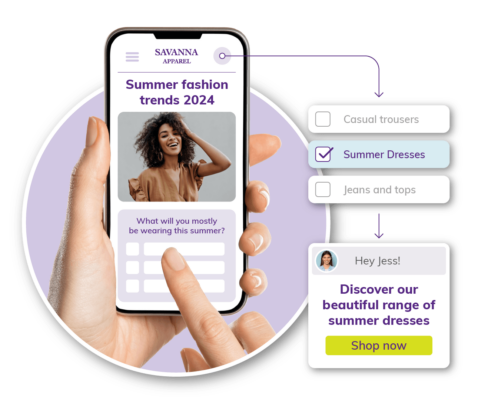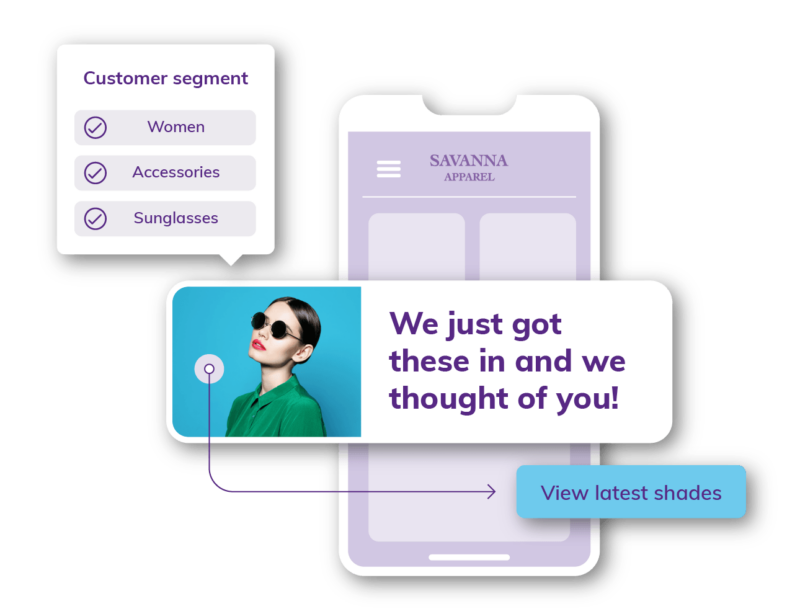-
Platform
Growing revenueManaging your programMeasuring success
- Pricing
-
Resources
Customer supportLearnDiscover
-
Consumer loyalty research 2025
Insights from 4,000 global shoppers to shape your loyalty strategy
-
Marketing resources
An all-in-one hub for expert insights on loyalty program optimization & retention tactics.
-
Partner with LoyaltyLion
Partner with the #1 loyalty platform- as voted for by our customers on G2!
-
Consumer loyalty research 2025
- Partners






